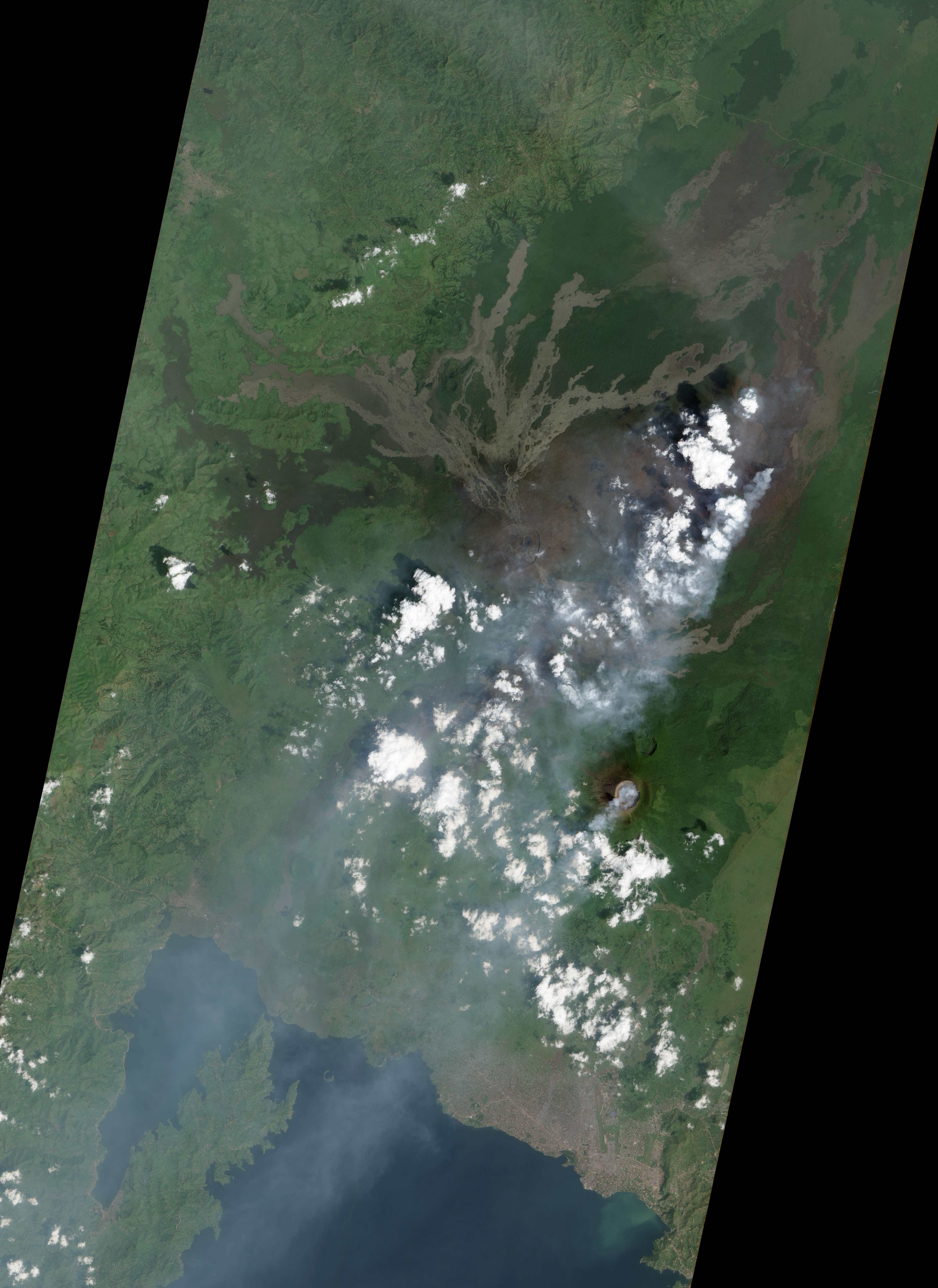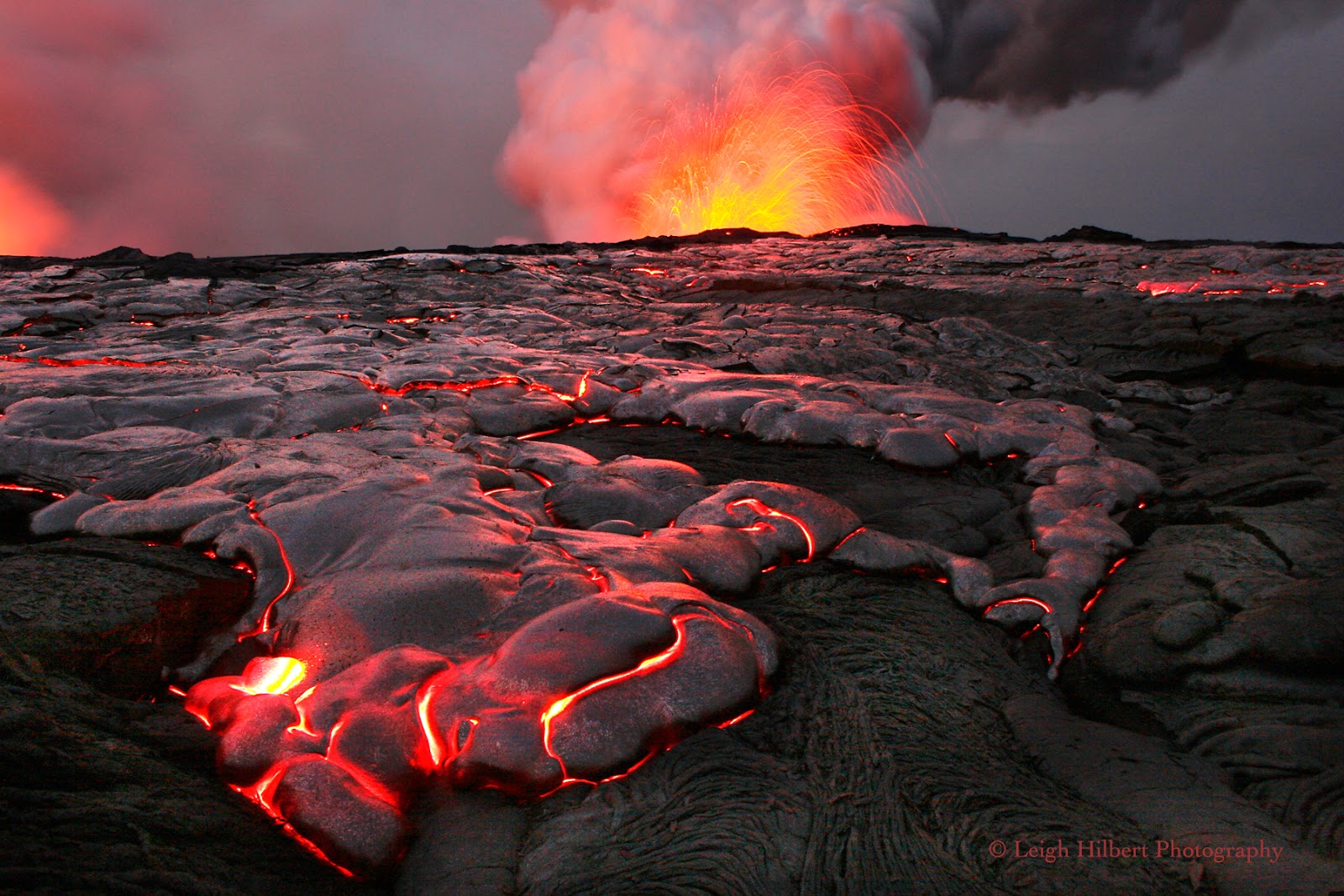
Caldera formation marks a transition from effusive to explosive phase Known as the ‘Ailā‘au flow, it covered much of Kīlauea, from the summit to the coast on the north side of the East Rift Zone, with some lava spilling southward to the modern Keauhou Landing. This effusive eruption lasted for about 60 years, the longest-lasting lava flow witnessed by human inhabitants in Hawai‘i. Soon after, lava erupted from a vent on the east side of the shield near the present-day Thurston lava tube (Nāhuku). Entire caldera floor covered either by lava flows erupted since 1885 or by the early 19th century Keanakāko‘i Ash (not on map).(Public domain.)Ĭonstruction of the shield ended around the year 1400 CE. Kīlauea Caldera simplified geologic map, month/year labels on lava flows.


Lava Flows from 1000 to 1500 CE built the Observatory shield and ‘Ailā‘au flow Golf ball-sized rocks fell at the coast, 18 km (11 mi) away. Sometime between 850 and 950 CE, the most powerful explosive eruption known to have occurred from Kīlauea sent rocks weighing 4.4 kg (9.7 lbs) at least 5 km (3 mi) from the summit. Numerous explosive eruptions lasted for a period of about 1,200 years, producing the Uwekahuna tephra.
#000 VOLCANIC LAVA FLOW ISLAND PLUS#
The caldera collapsed to a depth of at least 620 m (2030 ft), where magma and external water interacted to trigger powerful phreatomagmatic (water plus magma) eruptions. Effusive lava flows were the norm until about 2,200 years ago when the Powers caldera formed-the precursor to the present-day summit caldera. Since Kīlauea's surface is dominantly covered by young deposits, only the eruption record of the past 2,500 years is suitably well-known. Caldera collapse 2,200 years ago ushered in 1,200 years of explosive eruptions One lasted 1,200 years, ending in about 1000 CE the other lasted 300 years, between about 15 CE. Scientists estimate that during Kīlauea's past 2,500 years a deep caldera has existed about 60 percent of the time, which included two long periods of sporadic violent explosions. Prolonged periods of explosive eruptions at Kīlauea may require the presence of a caldera to sustain them. Eventually, magma supply increases and effusive eruptions dominate as many lava flows fill the caldera and erupt from the rift zones. When the caldera floor is deep enough to be at or near the water table (about 500 m (1640 ft) deeper than present), water can seep into the vent to trigger steam explosions. When the magma supply drops, the caldera collapses. When magma supply is high, the summit caldera fills and feeds voluminous lava flows from the summit and rift zone vents. Scientists infer that the eruption style is determined by the amount of magma being supplied to the volcano. Long periods of explosive (tephra-dominated) and effusive (lava-flow-dominated) activity have alternated at Kīlauea for the past 2,500 years. Visit Media to see details.Īt Kīlauea, when the lava column drops below the water table, groundwater may come into contact with magma or hot rocks, causing violent steam explosions. Map of Kīlauea's activity over the past ~200 years Current research indicates the first alkali-basalt lava flows erupted onto the ocean floor between 210,000 and 280,000 years ago, and the volcano transitioned from its pre-shield to the shield-building stage about 155,000 years ago. Estimates for the age of Kīlauea's first-erupted lavas continue to evolve as more samples are collected and various dating methods are used. Older rocks have been recovered from Kīlauea's submarine slopes and drill cores, providing some clues to the volcano's origin. The Hilina Basalt formation, exposed in Hilina fault scarps on Kīlauea's central south flank, includes the oldest lava flows found above sea level, which erupted around 50,000 to 70,000 years ago. The other 90 percent of the volcano's surface is covered by lava flows younger than 1,000 years, and about 20 percent of those flows are less than 200 years old. Only about 10 percent of Kīlauea's surface consists of rock older than 1,000 years. There is a lack of old exposed rock at Kīlauea, which makes it difficult for geologists to piece together its complete eruption history. (Public domain.) Kīlauea Volcano Erupts in Explosive and Effusive Cycles Located on the southeastern side, Kīlauea Volcano is 90% covered with young flows.

The Island of Hawai‘i with lava flows erupted in approximately the past 1,000 years shown in red.


 0 kommentar(er)
0 kommentar(er)
